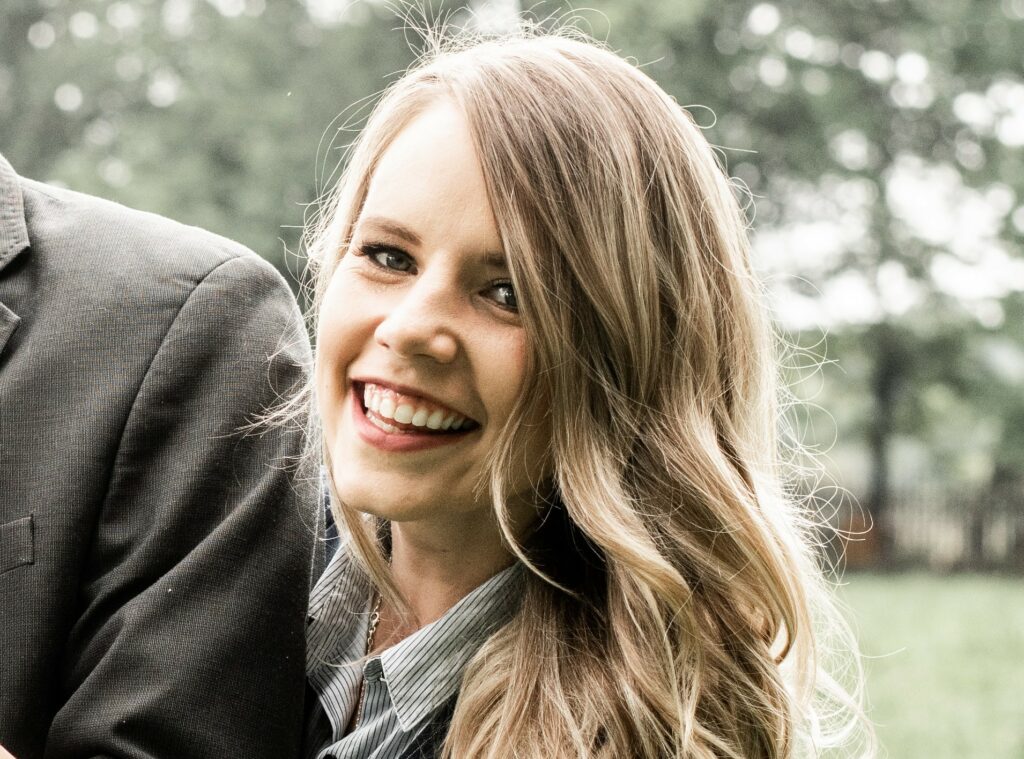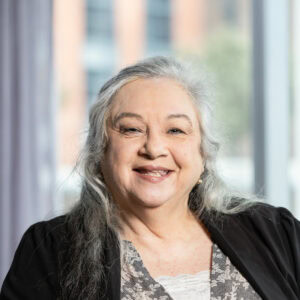The Healthy Category of the V2 Tool emphasises the important role the built environment can and should play in improving the wellness of occupants. The space that we spend most of our time in, working or residing has a significant impact on how we feel, physically, emotionally and psychologically. Things like the level and source of light, the quality of the air, how noisy the environment is, what opportunities for activity, connection to natural spaces and materials all determine whether a building is health-giving or detrimental to our well-being.
If 90 % of our workday is spent indoors then staff /building users’ performance, presenteeism, absenteeism or number of sick days must be affected by the quality of the indoor environment (World Green Building Council, 2013). The above affects all building users for various building types. The economic argument of going green for places of employment is well founded.
Figure 1 Typical Business Operational Cost. (World Green Building Council, 2013)
Nurick and Thatcher, researching the link in South Africa between indoor environmental quality and productivity of green offices, using a case-study approach focused on the financial services sector, found that control of ambient noise levels, quality lighting, and temperature control were all drivers of productivity, while access to nature provides a positive contribution to psychological well-being (Nurick and Thatcher, 2023).
A high-quality indoor environment increases the comfort, wellbeing and health of its users. In a workplace, this can lead to increases in work-engagement, and facilitates a strong organisational culture. These, in-turn, promote increased productivity, attraction and retention of employees (Nurick and Thatcher, 2023).
The credits contained in the V2 Healthy Category are: Clean Air, Lighting Quality, Functional Acoustics, Exposure to Toxins, Amenity Comfort and Active Buildings, Connection to Nature, and lastly Thermal Comfort. The inclusion of these initiatives are reaffirmed in the report ‘A business case for green building’ by the WorldGBC, where an influence on productivity has been quantified through case studies, See figure 2.
Figure 2 Influence of Sustainable Initiatives on the Built Environment. (World Green Building Council, 2016)
A Green Star certified indoor environment is a healthy and productive indoor environment. This will continue to be the case in V2, even more strongly, due to the application of a new minimum requirement in the Healthy category, that aim to transform the market towards better IEQ controls.
Market transformation will be seen in implementing the minimum criteria for all projects related to the initiatives, Clean Air, Lighting Quality and Exposure to toxins.
The Healthy category ensures every ‘Green Building’ can be trusted to be safe, comfortable and conducive to the users physical and mental well-being. As minimum requirements call for good indoor quality air, daylight and artificial light levels, while minimising associated glare and eliminating pollutants related to printers, paints adhesives, sealants and flooring products.
The minimum requirements call on Architects, Electrical Engineers and Mechanical Engineers to implement the requirements as part of the early design process to not add additional cost as an afterthought. However, the intention of the minimum requirements is in no way trying to exclude any building from being able to achieve a Green Star rating, but rather establishing the baseline that moves the industry forward, rewards excellence within it, and means that we can say with certainty that Green Star buildings are healthy buildings for the people who live and work within them.
Nurick, S. and Thatcher, A., 2023. Examining the impact of indoor environmental quality on individual productivity of knowledge workers in green certified buildings. Journal of Corporate Real Estate.



